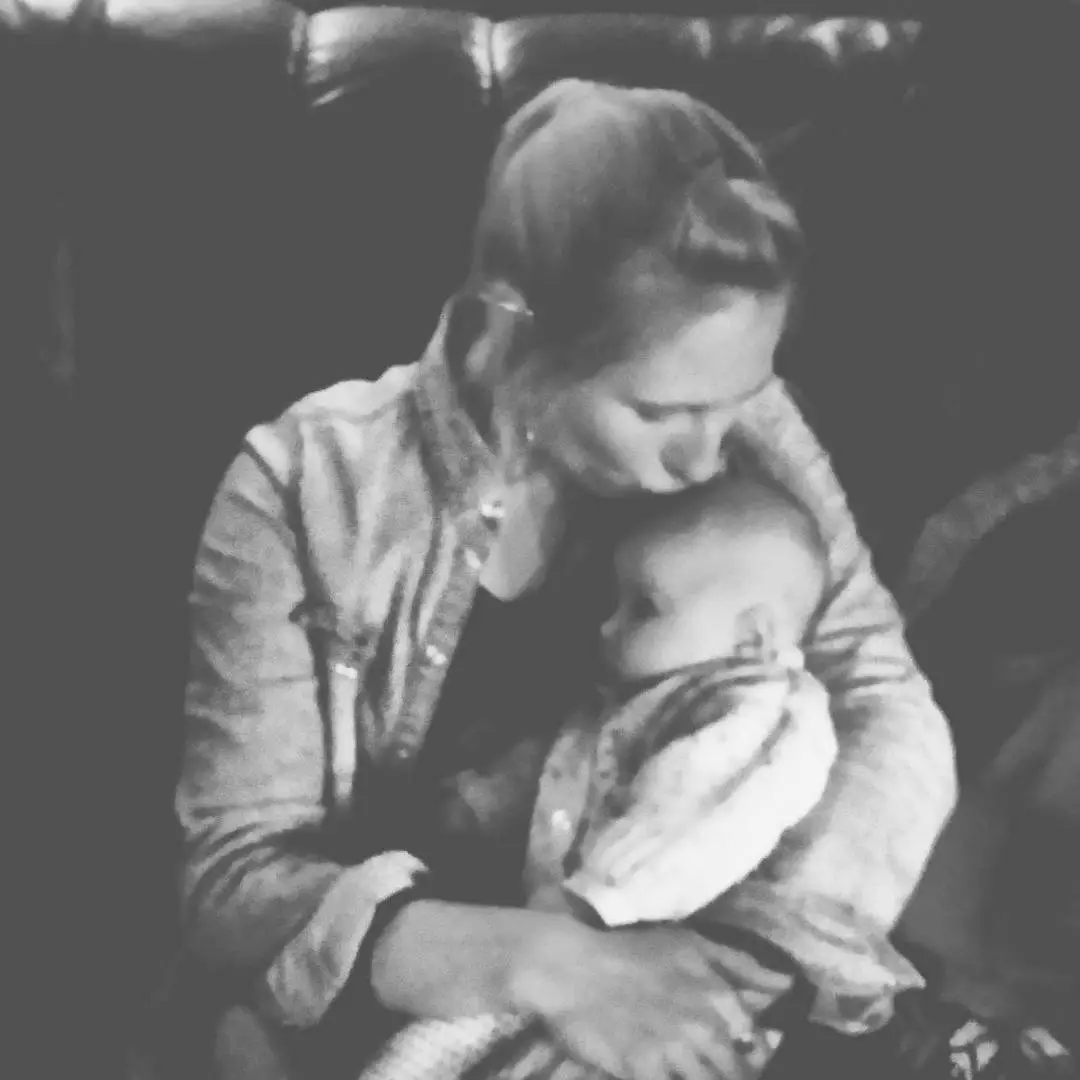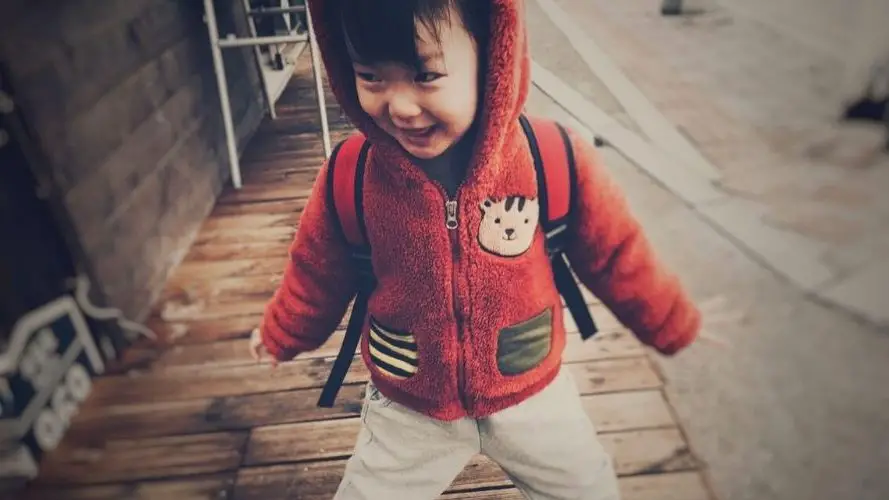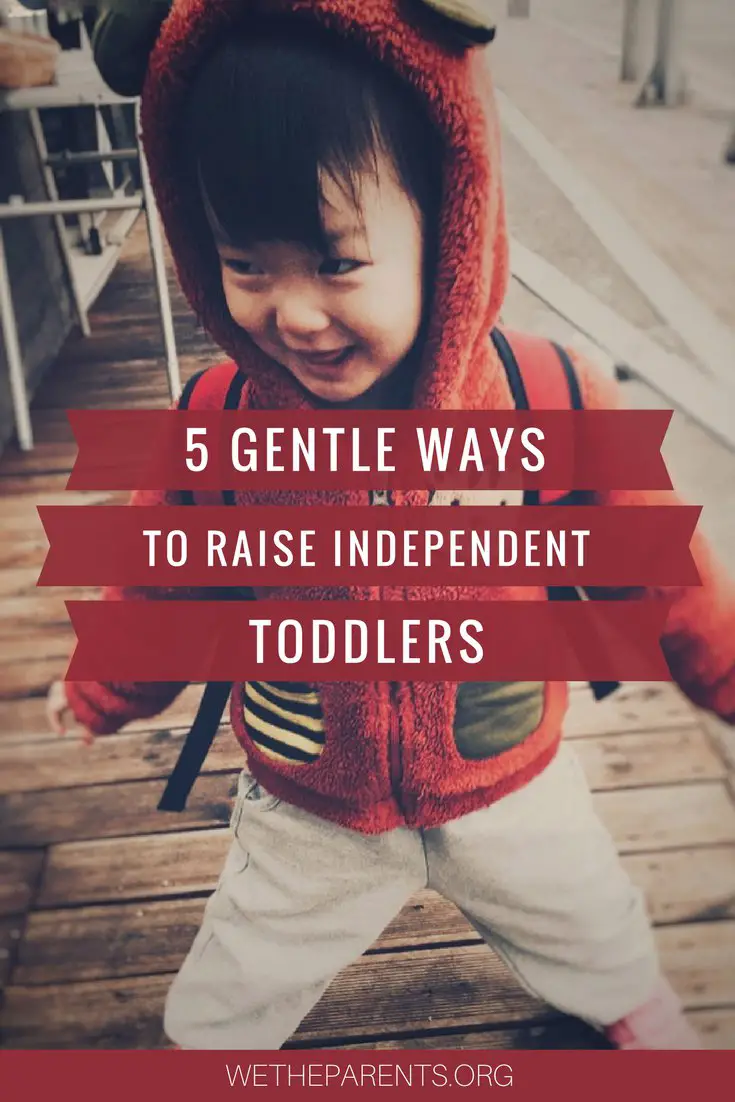Independent children believe they are competent and capable of taking care of themselves. And, through practice and experience, they develop the skills to do just that.
There are many healthy qualities that flourish in an independent child:
- They are internally motivated, finding their own reasons for pursuing goals and achievements;
- They are self-satisfied — their sense of happiness and self-esteem less dependent on other people;
- They become good decision makers as they’ve been encouraged to make choices and experience consequences.
But wait!
Independence doesn’t mean being aloof and detached. Just because your toddler is quiet when you leave them to their own devices for 30 minutes doesn’t necessarily mean they’re forming healthy independence.
No. Children must feel loved and secure whilst being given the attention, space, and time to learn to do things for themselves.
Independence can’t be forced. It’s a gift given intentionally and with care. Raising independent children is a parenting paradigm that determines how you treat your child from an early age.
Infants are fully dependent, and rightly so. It’s important for a newborn’s needs to be met fully and immediately. Yet, early in a child’s growth, they will naturally shift their focus away from their primary caregiver (usually mom) towards their own body and the world around them.
This is the time (around toddlerhood) when parents can really provide them with the space, support, and opportunity to develop their natural, self-driven independence.

Here are 5 actionable tips for nurturing your independent toddler:
1) Create a child-friendly “enabling” space
As soon as children begin to focus on their bodies and the world around them, they want nothing more than to explore. This is the beginning of independence.
Our job as parents is simply to let them do this without getting in the way. We want to avoid inhibiting our toddlers as they move about, inspecting things with their hands (and mouths).
Shouting “no” and physically moving your toddler away from a TV or a glass table is frustrating their attempts to learn and experience the world in a self-motivated way; especially if this happens every five minutes. I’ve been there. It’s no fun for either of you.
Instead, create a “yes” or “enabling” space. Do this by securing doors or stairs with a baby gate. You may choose to use a pen, and if you do, make sure it’s as big as possible.
You want to enable, not limit, them. Then, remove all hazards from the room or area. The aim is to provide a space where your baby or toddler can roam freely, grabbing, chewing, and climbing safely.
There will be no need to yell, “no”, and they can just get on with it.
2) Doing it for themselves
Toddlers have a natural, self-motivated desire to do things for themselves. Our job as parents isn’t to plant this seed but to allow it to grow safely and unimpeded. This is harder than it sounds, and takes time and patience.
Children are natural imitators, that’s how they learn. Make time and effort to demonstrate how you do things, eg. brushing your teeth or putting on clothes and shoes.
Nor does it need to be chore-related, as you can get them copying you then doing it for themselves in craft activities like clay making. Kids don’t need much verbal instruction at this stage. Simply show them, slowly and clearly.
Now here’s the hard part — allow them the time to do it themselves. Speaking from experience, this is a real challenge. Time is a precious commodity, parents are often in a rush, and days can be pretty hectic.
That said, the quickest way to nurture independence is to allow an extra 5 or 10 minutes here and there for your toddler to put on his own shoes or attempt to dress himself.
If you can make the space for him to try to do it, especially in those early days when he really wants to, then you’re providing an excellent opportunity for him to develop self-confidence, belief, and capability.

3) Make space for independence
Independence requires some freedom and space to be exercised. As parents, we can anticipate areas and times when our toddlers may want to give something a go. If we provide them with the tools and space to do this, then they can become practiced and confident.
If you go shopping with your toddler and an infant, a sit and stand stroller empowers your toddler. It gives her the freedom to walk when she wants to and ride when she’s tired. This is far more liberating than being strapped into a regular stroller for hours.
While potty training, provide a step and potty seat that’s really easy for him to use. If he wants to try, making it easy for him means that he will.
A final way to create ‘space’ is by allowing her to get dressed by herself. Not always, or even regularly. But if you’re planning to be in the house all morning, let her pick her own clothes and attempt to put them on.
This gives her the chance to choose for herself and give it a go. She’ll do it her way and will probably pick a funny-looking outfit but, having exercised her choice in this way, her confidence will grow.
4) Involve them in “work”
As adults, most of us view work and play as a dichotomy. Younger children don’t. For them, it’s one and the same. Doing chores or helping mom or dad with tasks is usually much more fun than playing with a toy.
The key is to encourage them to regularly help with chores. Think through and make a list of all the chores they can help with. Then get your child/ren to do them just like you. This fosters a natural feeling of satisfaction and pride in helping out.
Beware — As much as we might feel the need to go back over the job our toddler has done (to ensure it has been completed to our high standards), this can damage their self-confidence and, ultimately, their desire to be independent.
It’s important to choose tasks you know your toddler is capable of completing well so they can enjoy the satisfaction of doing it ‘right’ by themselves.
5) Avoid rescuing
Of course, if a child is in danger or something is about to get broken, then we as parents will obviously intervene. What is meant by ‘rescuing’ is when parents can’t stand the sight or sound of their child struggling, so jump in to help unnecessarily.
As toddlers learn how to move their body, for example, they often get frustrated trying to get from one position to another. They may grunt, groan and even scream with frustration. This is entirely natural and doesn’t mean that you have to rescue them straight away.
Often they are only expressing frustration, and not calling for help. Don’t deprive them of the learning experience they may be going through (even whilst getting frustrated at the same time). Instead, be with them and watch them closely.
Pause. Allow them space. They’ll either work it out for themselves or, after several attempts, will let you know if they actually want help.
By avoiding premature rescuing, you allow them the opportunity to practice, learn and overcome difficulties, which is extremely rewarding on many different levels.
Wrapping up
Independence is a natural quality that each child is born with. The job of a parent isn’t to force it but rather to provide space and gentle attention, allowing it to manifest itself.









